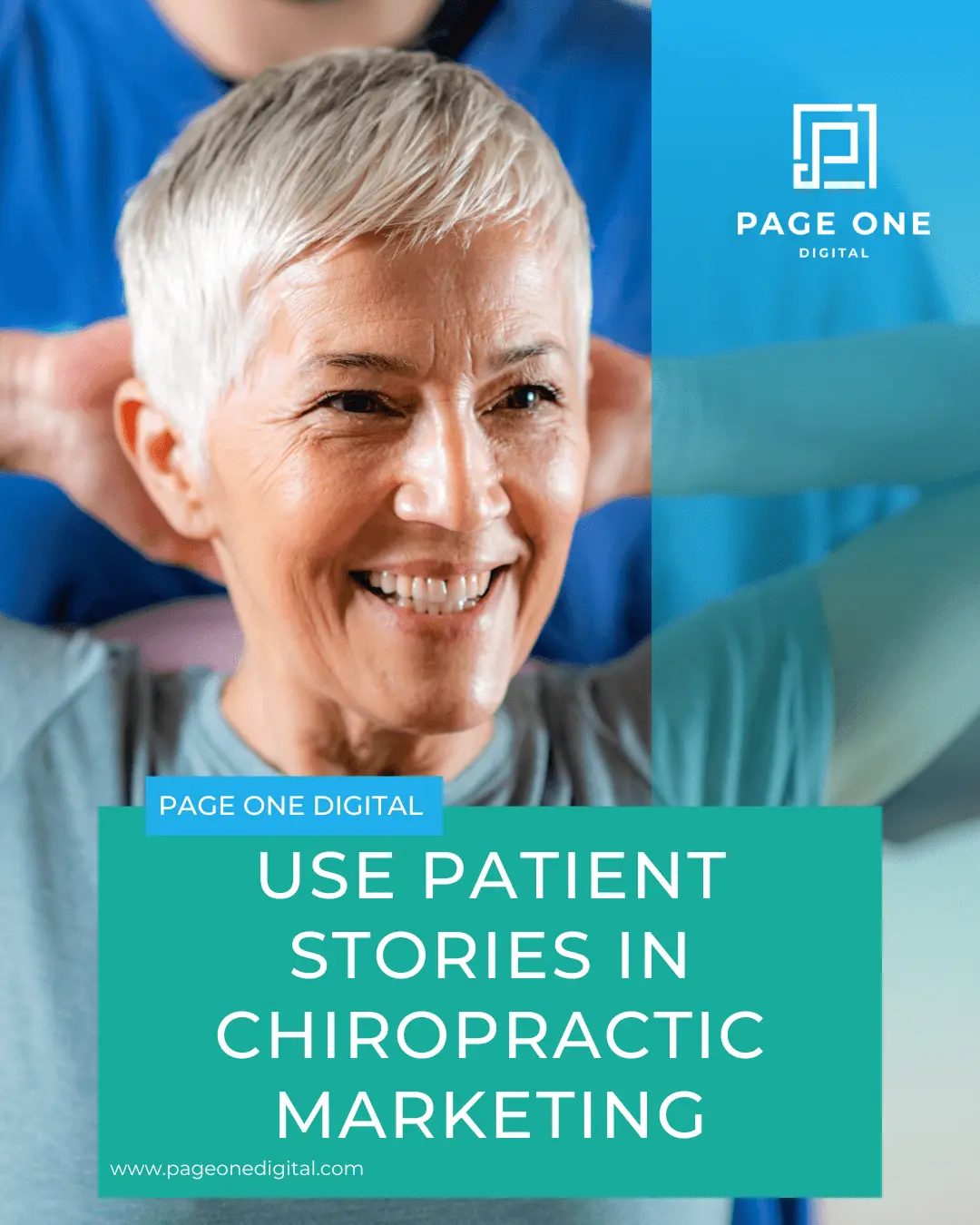Back in January Jenny Holt, Freelance Writer, wrote an awesome guest blog post for us on influencer marketing. She drafted up another amazing piece on eCommerce for you all. Enjoy:
It’s simple to start an online shop and create a website. After all, we all grew up hearing "if you build it, they will come." The reality is not so simple. You have to optimize your website to be found, you have to offer top-notch customer service and competitive prices. Often, even that, isn’t enough to close sales. Here the top five conversion killers you may fall victim to.
You haven’t developed a buyer persona.
A buyer persona is a semi-fictitious character that represents our typical consumer. For each brand and product or service within that brand, the buyer personas will be different. The reason so much time and effort are spent researching and modeling buyer personas is to aid us in gaining a deeper understanding of our target consumers and their behaviors. It is crucial for informing decisions in the areas of marketing and sales.
With a buyer persona, you receive powerful insight and knowledge such as:
- What goals are driving their behavior
- How your buyers think
- How your customers buy
- Understand how they make decisions
- Know why they make certain buying choices
- Where they browse versus where they buy
With this information, you can better nurture and influence your buyers and create more conversions.
Your site was created with mobile as an afterthought.
Having a mobile friendly and responsive website is essential and only keeps becoming more important. Since 2015, there have been more purchases made from a mobile device than a desktop. Even if you are aware of the importance of making your site mobile friendly, you may still be failing to entice mobile users. This is because retrofitting a website with the expectations that it will be fully mobile responsive is like looking for pie in the sky.
If you have determined that your buyer persona is more likely to browse, shop and, buy exclusively from their phone, it may be time to consider building a new site from a “mobile first” mindset. The thing is, no matter how responsive your chosen theme claims to be, if it isn’t designed precisely for mobile devices, there will be screen flow problems or worse, very slow load times due to its need to adapt each image, text container and widget to mobile.
You have no shopping cart recovery.
Shopping cart abandonment is one of the biggest problems for eCommerce businesses that fail to complete a transaction. Studies show that over 67% of the shopping carts are abandoned, and most of them could be recovered through different techniques and technical implementations. Consult with your web development team or a hosted eCommerce provider on the possibilities for integrating an abandoned cart component in your website. You can increase your conversion rates by recovering 20-35% of your sales with an automated reminder to customers who haven’t completed a sale or provide them an additional incentive through a discount code.
You suffer from a lack of credibility.
The first-time visitor browsing your store may be hesitant to buy without verifying the credibility of your business. Phantom firms and fake websites capture credit card information and personal details, and educated Internet customers are cautious when buying from unknown sources.
Prepare a designated page for reviews, testimonials, and case studies. Collect and compile as much information as possible that proves the reliability and quality of your products. Insert reviews and testimonials within your single product views as well – this could be the turning point for purchases and conversion rates.
You don’t feature non-promotional content.
As an eCommerce business, you are in the business of selling. Google wants that to change, somewhat. Google favors eCommerce that differentiates on two levels:
Popularity: They seek to promote providers of goods and services that consumers prefer. But when you are a new, smaller, or growing online business, you may not always be in a position to win the popularity contest.
Information: We have seen Google recognize and reward sites that provide highly relevant information. Traditionally, these sites were non-profits, professional organizations, higher education institutions, and government sites. These include sites bearing the trustworthy .org, .edu, and .gov top-level domains.
Savvy marketers have taken note and are enjoying higher rankings by employing informative content as an essential part of their inbound marketing strategy. No one knows the exact "promotional to informational" ratio for success. However, experts recommend that you focus heavily on informing and delighting your consumers, while paying close attention to where they are in the buying journey. Offer your most promotional copy to potential customers only after they have reached the decision phase.
Related Posts

Chiropractic Marketing Results
We are proud to deliver consistent marketing results. Explore 3 chiropractic marketing case studies & see how we can help your practice.

Use Patient Stories in Chiropractic Marketing
Explore why using success stories & testimonials is a sound way to boost your chiropractic content marketing strategy and attract new patients.

Chiropractic Marketing Ideas for the Holidays
Don't wait to build your holiday marketing strategy. Explore chiropractic marketing ideas for the holidays designed to grow and engage your practice.

